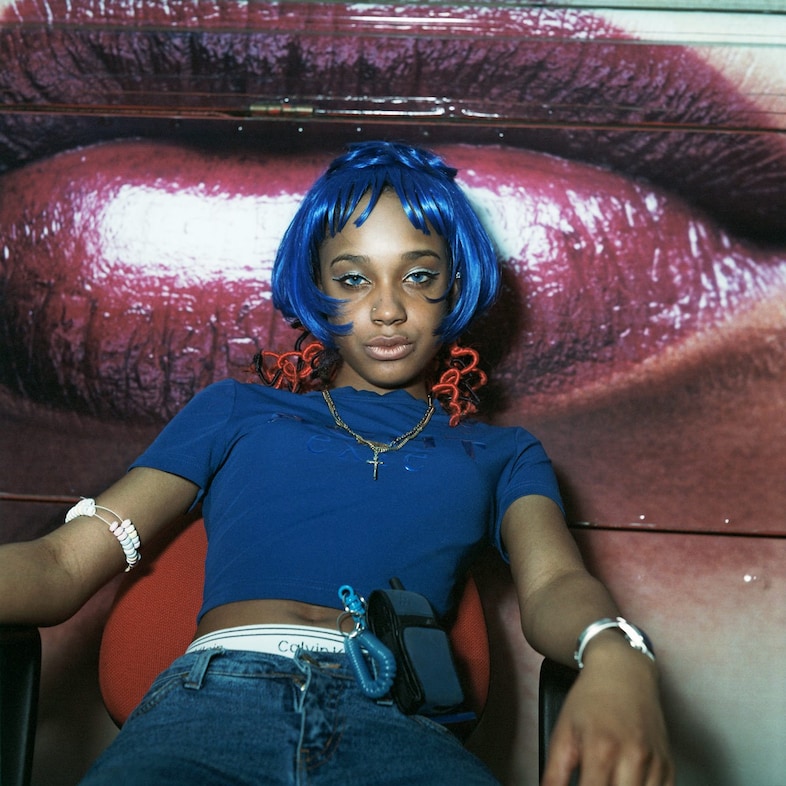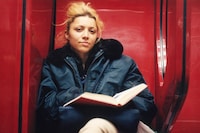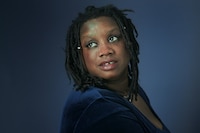One of the most important Black British female photographers working in the UK today, Eileen Perrier’s new London exhibition acknowledges the power of representation
Eileen Perrier’s work is about forging connections with people in community spaces and acknowledging the power of representation for individuals who aren’t traditionally captured in the mainstream. Following her inclusion in Shining Lights – Mack’s groundbreaking survey of Black British women photographers in the 1980s and 90s – last year, Perrier is now enjoying her first ever retrospective, A Thousand Small Stories at the Autograph Gallery in London.
Perrier visited Ghana for the first time at 19, using her student loans to pay for flights for herself and her mum, who left the country in 1963 and had not returned since. The photographer had grown up in Kilburn, London with her extended family eating Ghanaian food and receiving packages filled with beads and fabrics from the country, but she didn’t speak the language or know the culture in any deep way. “I realised how important her family was [in London],” says Perrier, who, on her return, turned her lens on British Ghanaians for a university assignment at Farnham, titled Red, Gold and Green (1997). She created makeshift studios in their homes in London by putting up backdrops made from brightly coloured fabric.
She was expecting her aunties and uncles to stay in their pyjamas or house clothes with their slippers on, but they didn’t. “As soon as they saw the lights and everything, they went into the bedroom and got dressed up. They put on African dresses, suits, and party dresses.” This mirrored the images she remembers from the family photo albums of her family back in Ghana, where they would get dressed up.
Perrier used a square format camera, like the cheap one her mum had when she was younger, and took pictures with the flash. When her tutor, the British documentary photographer, Anna Fox (known for her highly charged use of flash and colour) saw her work, she thought they resembled the work of the West African studio photographer Seydou Keïta. “I looked at my mum’s family album because she had our pictures taken. I realised that there was this history or this canon of African studio photography that I didn’t realise [existed],” she says. “When I did commissions after that, I would go out of my way to find a background or to isolate people so that you weren’t just seeing the surroundings, even though I might be out and about.”
From then on, her portraiture was rooted in a sense of social engagement. Her most famous work was taken at pop-up studios, erected everywhere from Whitechapel, Petticoat Lane Market and Denning Point tower block to Peckham and Frankfurt. “It's interesting how people are drawn to this object or this temporary space,” she says.
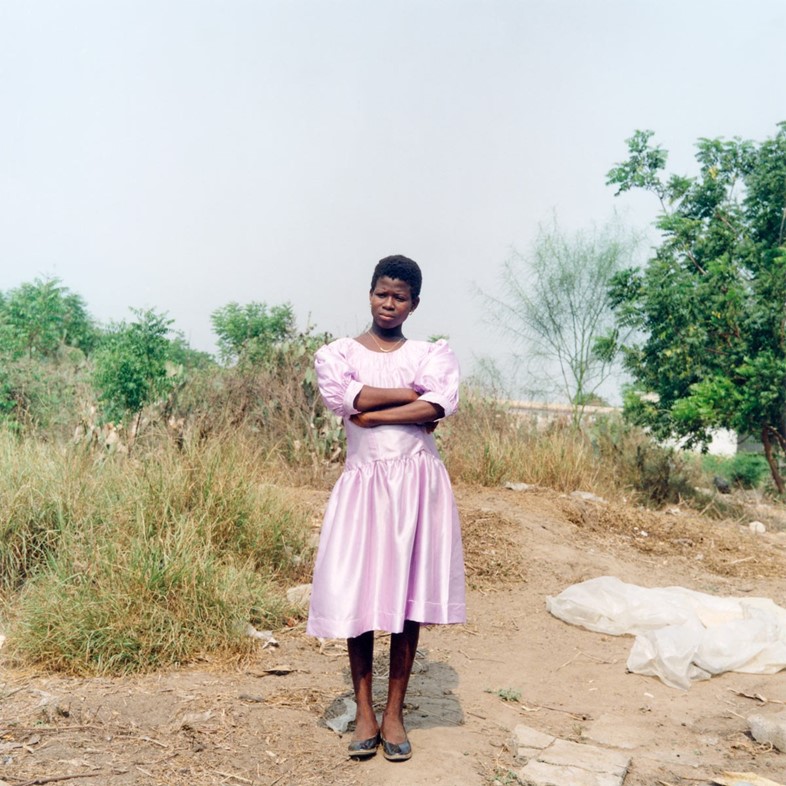
In Whitechapel, she captured the Bangladeshi community that lived there – “street traders and city slickers” – and people from the Whitechapel Gallery. “If I look at some of the photographs, I can remember some conversations or little details,” she says about photographing an East Asian couple, who were both deaf. At Denning Point tower, she was invited into a Jewish woman’s apartment, who had lived there since it was first built in the 60s and 70s, and talked about the ongoing changes to the block and how expensive it had become since she purchased her flat. In that work, she draws from the Victorian photography of Mathew Brady, an American Civil War photographer, whose work she had seen in a book; he used a retort stand and headrest behind his sitters to keep them still enough to be photographed, capturing normal people in a style that would have been reserved for the wealthy.
Her photographs of visitors dressed up at The Afro Hair and Beauty Show at Alexandra Palace – which takes place on the bank holiday weekend in May – are less formal. She’d capture subjects that had “a bit of attitude, they’re a bit cheeky, they look good, and they know they look good.” Perrier stationed herself next to a double-decker bus and used a Dark and Lovely advertisement as her backdrop.
Around the same time, she collected and photographed Black beauty products with titles like: Black and Beautiful or Dark and Lovely; and Gentleman of Leisure that had “connotations of positive Black identity”; or products that made the person buying it feel as though they needed to change the texture of their natural hair, like Soft and Lovely; bleaching creams and soaps to lighten the skin – now plastered on the walls of the gallery.
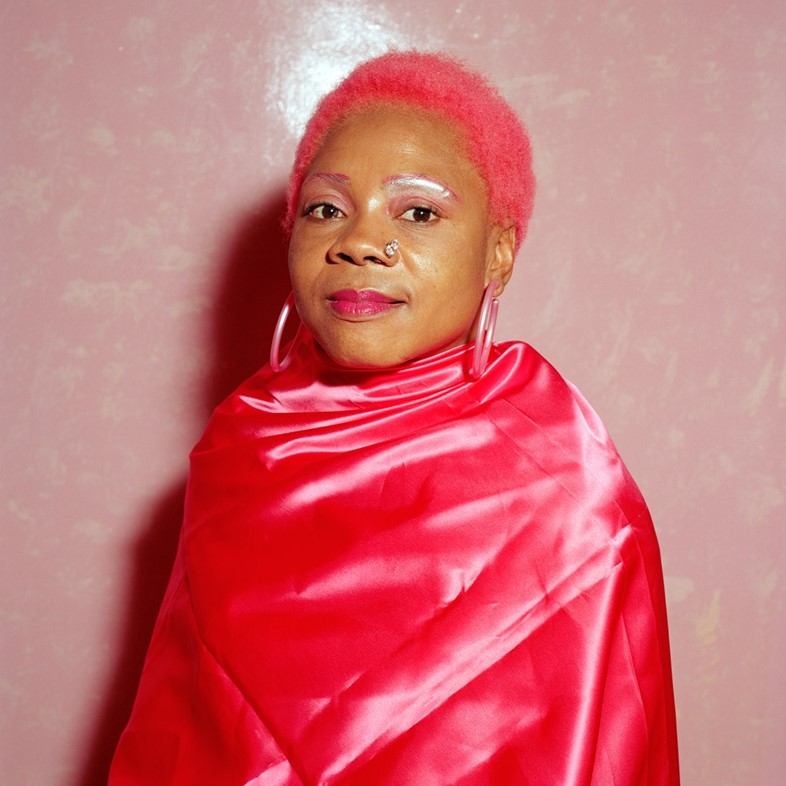
“When I took those pictures, I wasn’t seeing people who looked like me in advertising,” she says of being a mixed Dominican-Ghanaian woman in the 90s. “You’d see sports people or musicians, they were the icons. You wouldn’t see the general public shown or you wouldn’t see models that looked like people on the street.” Perrier has a gap in her teeth that she was picked on for as a kid, but she rarely saw anyone who looked like that either. Now, with the opening of her new exhibition and the success of her photography more broadly, that’s changed.
A Thousand Small Stories by Eileen Perrier is on show at Autograph Gallery in London until 13 September 2025.
